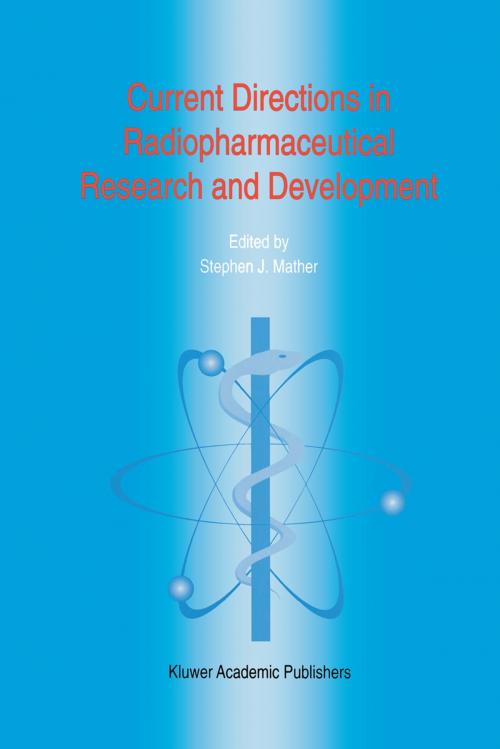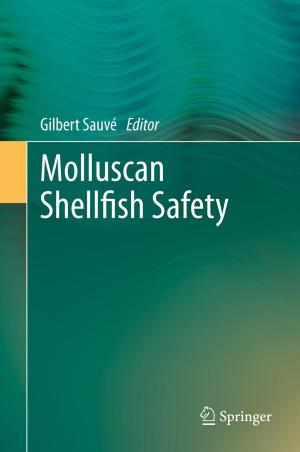Current Directions in Radiopharmaceutical Research and Development
Nonfiction, Health & Well Being, Medical, Medical Science, Diagnostic Imaging, Specialties, Radiology & Nuclear Medicine| Author: | ISBN: | 9789400917682 | |
| Publisher: | Springer Netherlands | Publication: | December 6, 2012 |
| Imprint: | Springer | Language: | English |
| Author: | |
| ISBN: | 9789400917682 |
| Publisher: | Springer Netherlands |
| Publication: | December 6, 2012 |
| Imprint: | Springer |
| Language: | English |
Radiophannaceutical research has recently undergone a major change in direction. In past years it has been concerned mainly with the development of perfusion tracers, the biodistribution of which reflect the regional blood flow to areas of major organs such as the heart and brain. However, a major new direction of interest now lies in the development of receptor-binding radio-tracers which can be used to perform in-vivo characterisation of diseased tissues and it is likely that much of the future research in this field will follow this direction. The difficulties in developing such tracers are considerable. The researcher must first identify a promising target for radiopharmaceutical development. High specific activity radioactive molecules must be designed and synthesised which will both bind to the target receptor with high affinity, and also have the physicochemical characteristics which will allow them to reach the target site in sufficient quantity while at the same time showing minimal uptake in non-target tissues. Thus the knowledge base required for radiophannaceutical development has now expanded beyond the limits of radiopharmaceutical chemistry to include aspects of biochemistry, molecular biology and conventional drug design. The portfolio of basic knowledge required to support current radiopharmaceutical development is changing and scientists working in this arena need to be trained in this regard. At the same time, the very latest developments in the field need to be communicated to the scientific community in order to stimulate the advancement of this exciting new direction of research.
Radiophannaceutical research has recently undergone a major change in direction. In past years it has been concerned mainly with the development of perfusion tracers, the biodistribution of which reflect the regional blood flow to areas of major organs such as the heart and brain. However, a major new direction of interest now lies in the development of receptor-binding radio-tracers which can be used to perform in-vivo characterisation of diseased tissues and it is likely that much of the future research in this field will follow this direction. The difficulties in developing such tracers are considerable. The researcher must first identify a promising target for radiopharmaceutical development. High specific activity radioactive molecules must be designed and synthesised which will both bind to the target receptor with high affinity, and also have the physicochemical characteristics which will allow them to reach the target site in sufficient quantity while at the same time showing minimal uptake in non-target tissues. Thus the knowledge base required for radiophannaceutical development has now expanded beyond the limits of radiopharmaceutical chemistry to include aspects of biochemistry, molecular biology and conventional drug design. The portfolio of basic knowledge required to support current radiopharmaceutical development is changing and scientists working in this arena need to be trained in this regard. At the same time, the very latest developments in the field need to be communicated to the scientific community in order to stimulate the advancement of this exciting new direction of research.















